PROTECT YOUR DNA WITH QUANTUM TECHNOLOGY
Orgo-Life the new way to the future Advertising by AdpathwayBy the time August arrives, I’m ready to head to the ocean or river to get a break from the heat and humidity. The long, hot days of summer have grown old, but they also encourage many plants to produce flowers and ripe fruits.
You won’t find my lush greens or crunchy root vegetables available, but the August harvest is remarkable. Juicy tomatoes and watermelons, tender beans, and super sweet corn all ripen during this summer month.
I’ll cover some fruits and vegetables that are ready to harvest in August and provide tips to help you pick them at exactly the right time.

Sugar Baby Watermelon Seeds
Glass Gem Flint Corn

Glass Gem Flint Corn Seeds

Jimmy Nardello Sweet Pepper Seeds
Peppers
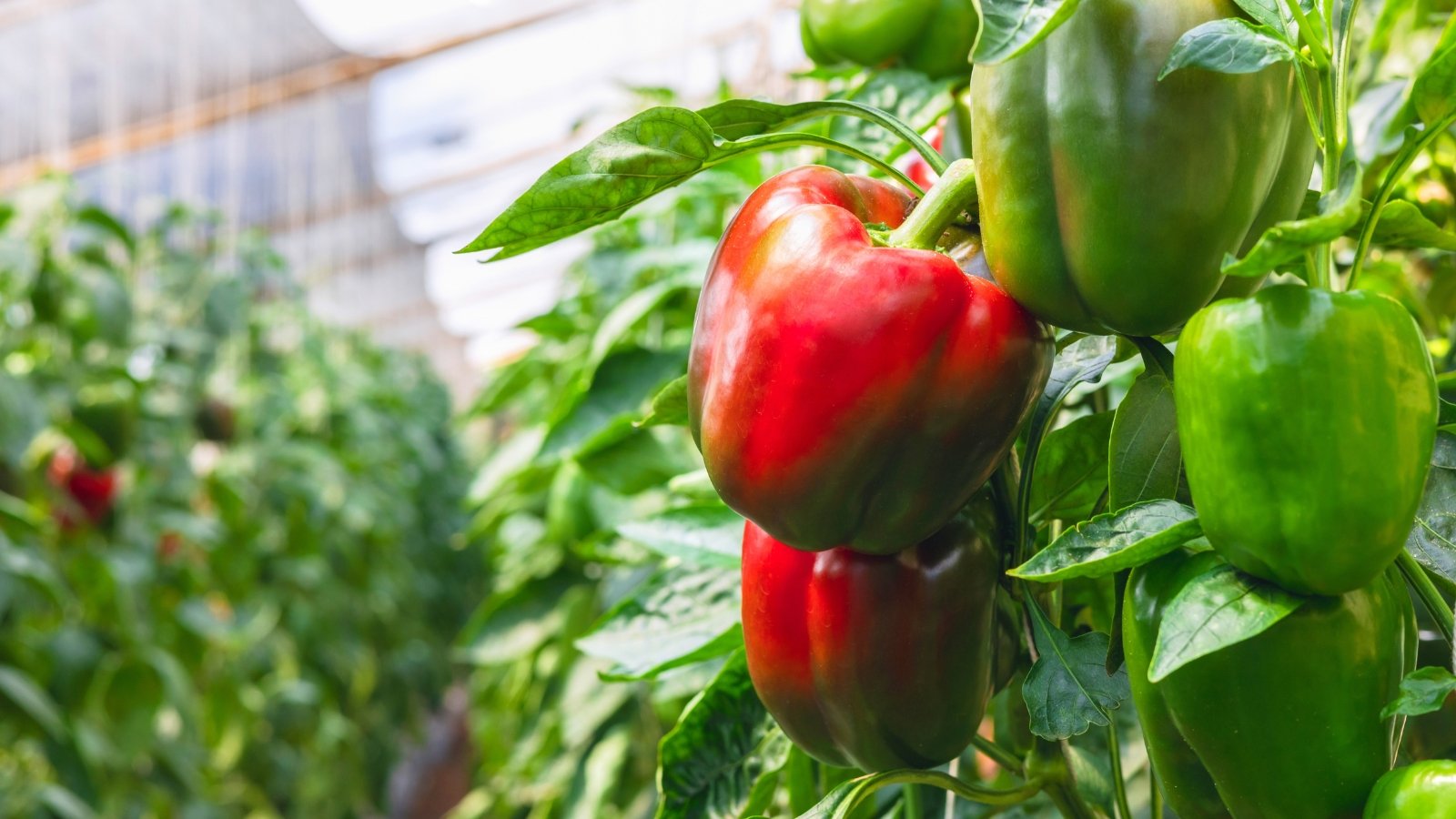 Bold flavors build as fruits slowly change hues.
Bold flavors build as fruits slowly change hues.I’m always amazed at the diversity present in peppers. There are tiny hot peppers that add a pleasant punch to dishes, large sweet peppers that hold up well when roasted or sliced, and mild frying peppers that you can cook whole. All types of peppers thrive in heat and take months to mature, so they come into peak production in August.
Most types of peppers start small and green before growing into their mature size. Once they are as big as they’ll get, they begin to change color. You can pick the peppers when they’re still green, but they won’t have developed the full flavor profile present in ripe fruits.
Harvest August peppers once or twice a week. Look for fruits that have started to change color, and remember that fruits will continue to ripen off the plant. As long as half the peppers are colored, they’ll turn fully ripe after harvest.
Eggplant
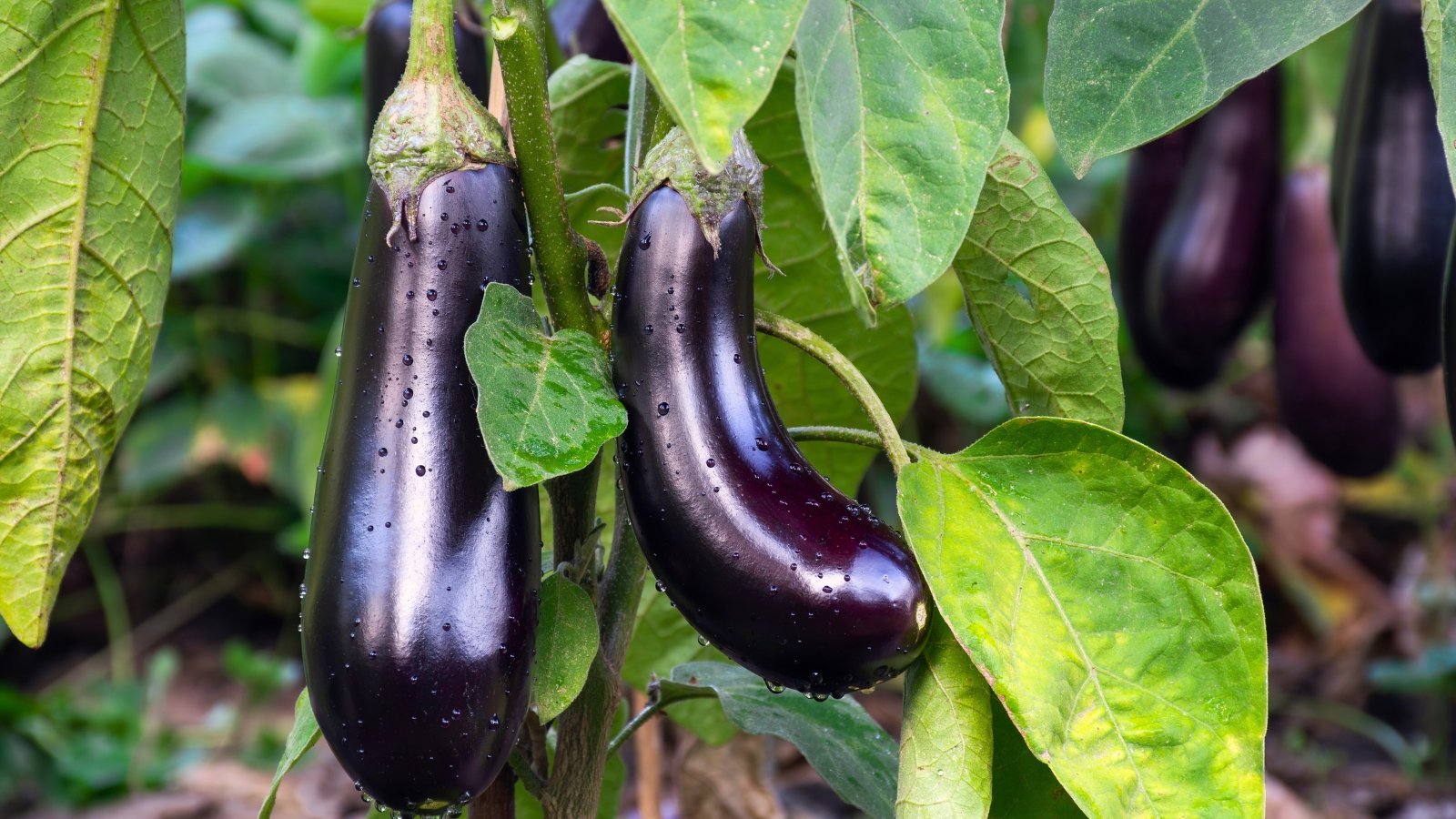 Regular picking encourages steady fruit production each week.
Regular picking encourages steady fruit production each week.August is a peak month for eggplant production. Italian eggplant like ‘Black Beauty’ holds up well when sliced and fried for eggplant parmesan, and ‘Long Purple Eggplant’ tastes great sautéed or grilled.
Eggplant foliage is a beloved food of numerous pests, including flea beetles and potato beetles. If you’re not careful, these pests can devour the leaves and make it impossible for the plants to obtain the energy they need to produce fruits and flowers. Blanketing young plants with row cover is one way to protect them, but you should remove the covers as soon as the plants start flowering.
As long as your plants remain healthy, you can expect to harvest one to three fruits per week. Harvest when the calyx—the green portion covering the top of the fruit—is only covering a small portion of the eggplant, but before the fruit turns from shiny to matte.
Zucchini
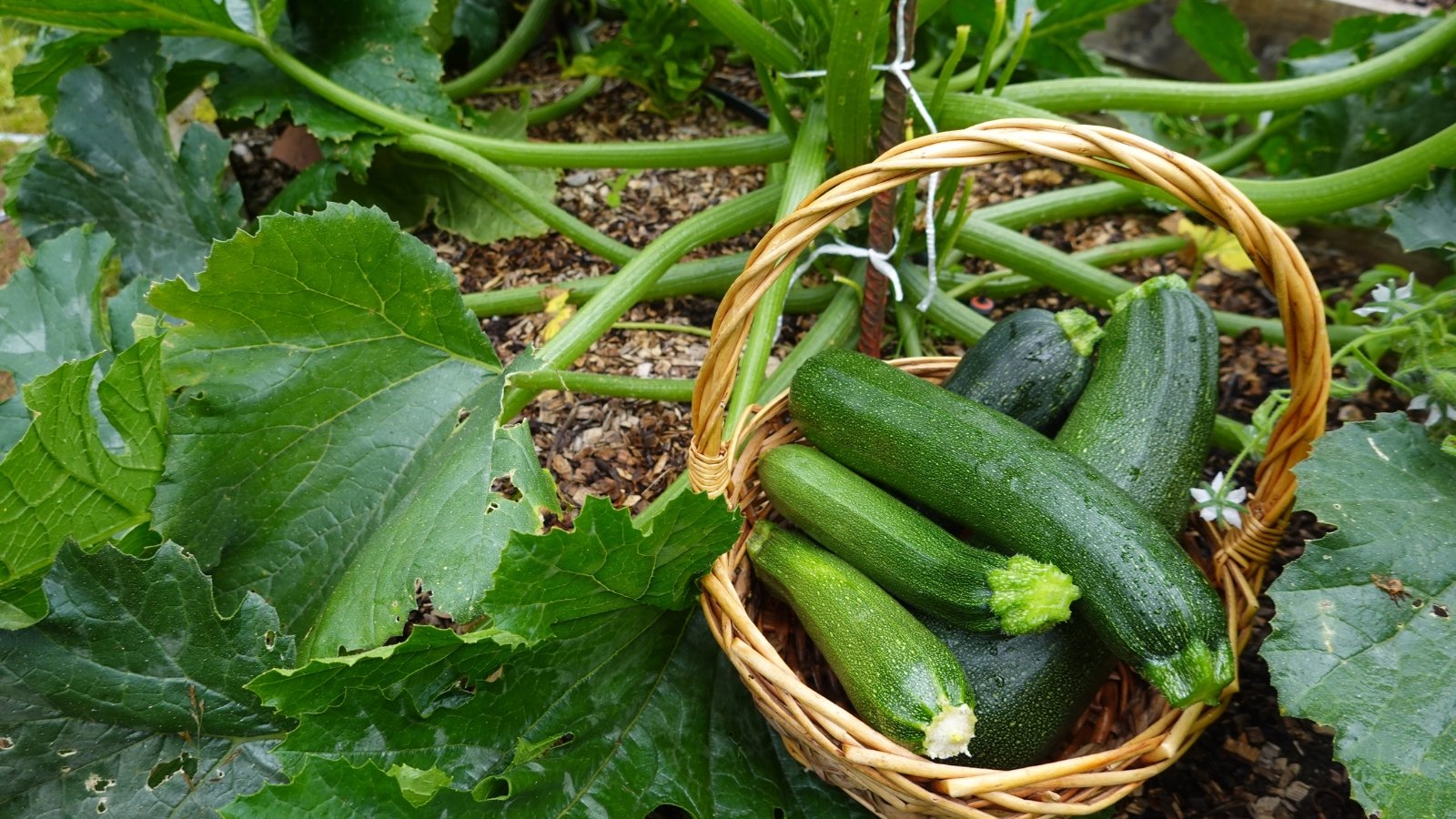 Checking often helps catch tender fruits just right.
Checking often helps catch tender fruits just right.Zucchini fritters, zucchini parmesan, and grilled zucchini are just a few delicious dishes you can make with this prolific garden plant. Most zucchini varieties mature in 50 to 60 days after sowing, so you can add the tender fruits to your August harvest list if you plant them in June or July.
Zucchinis grow quickly, especially during long, hot days. Checking your plants at least every other day is key if you want to avoid large fruits that lack flavor and a tender texture. Green zucchini often blend in with the plant’s stems and leaves, so opt for bright yellow varieties like ‘Max’s Gold’ to make harvesting easier.
I like to harvest zucchini when they’re between six and eight inches long. These smaller fruits have a tender texture and delicate flavor that you can enjoy both raw and cooked. If you miss a fruit and it grows over a foot long, try grating it for zucchini bread or fritters.
Cucumbers
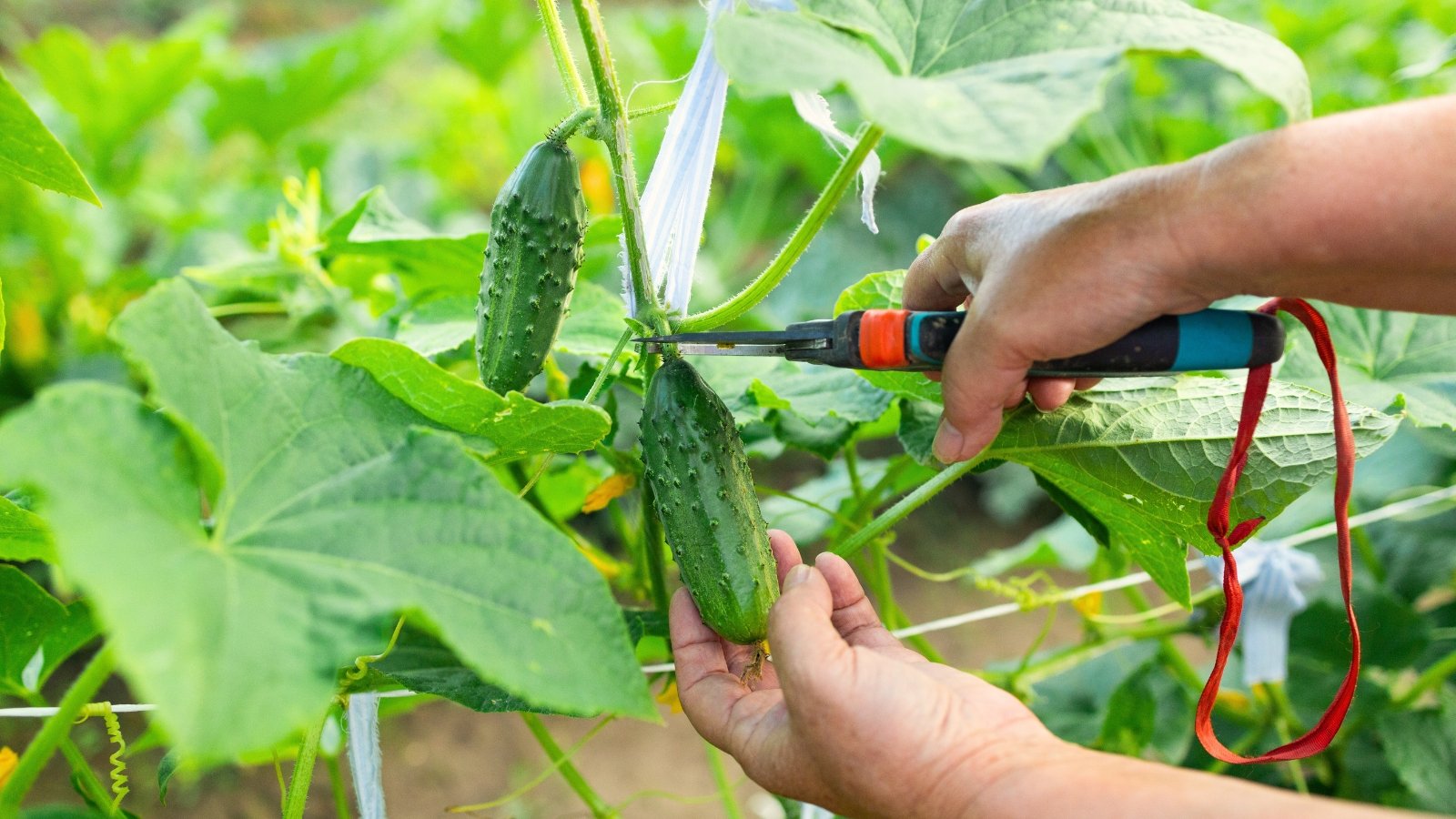 Vigorous vines reward with steady, crunchy fruit supplies.
Vigorous vines reward with steady, crunchy fruit supplies.Depending on where you live and when you sow your cucumber seeds, you may begin harvesting these crunchy veggies as early as June. Healthy plants can continue to produce into August, and June sowings will lead to vigorous new plants that pump out cukes.
Cucumbers grow quickly, so check the plants at least every other day during your August harvest. Each variety has an ideal harvest stage; picklers like to be harvested when they’re three to five inches long, and slicers are bigger at their peak.
As you’re harvesting, keep an eye out for cucumber beetles and signs of disease. Cucumber plants are susceptible to powdery and downy mildew, so encourage good airflow by planting at the proper spacing and avoiding overhead watering to keep the leaves dry.
Cantaloupe
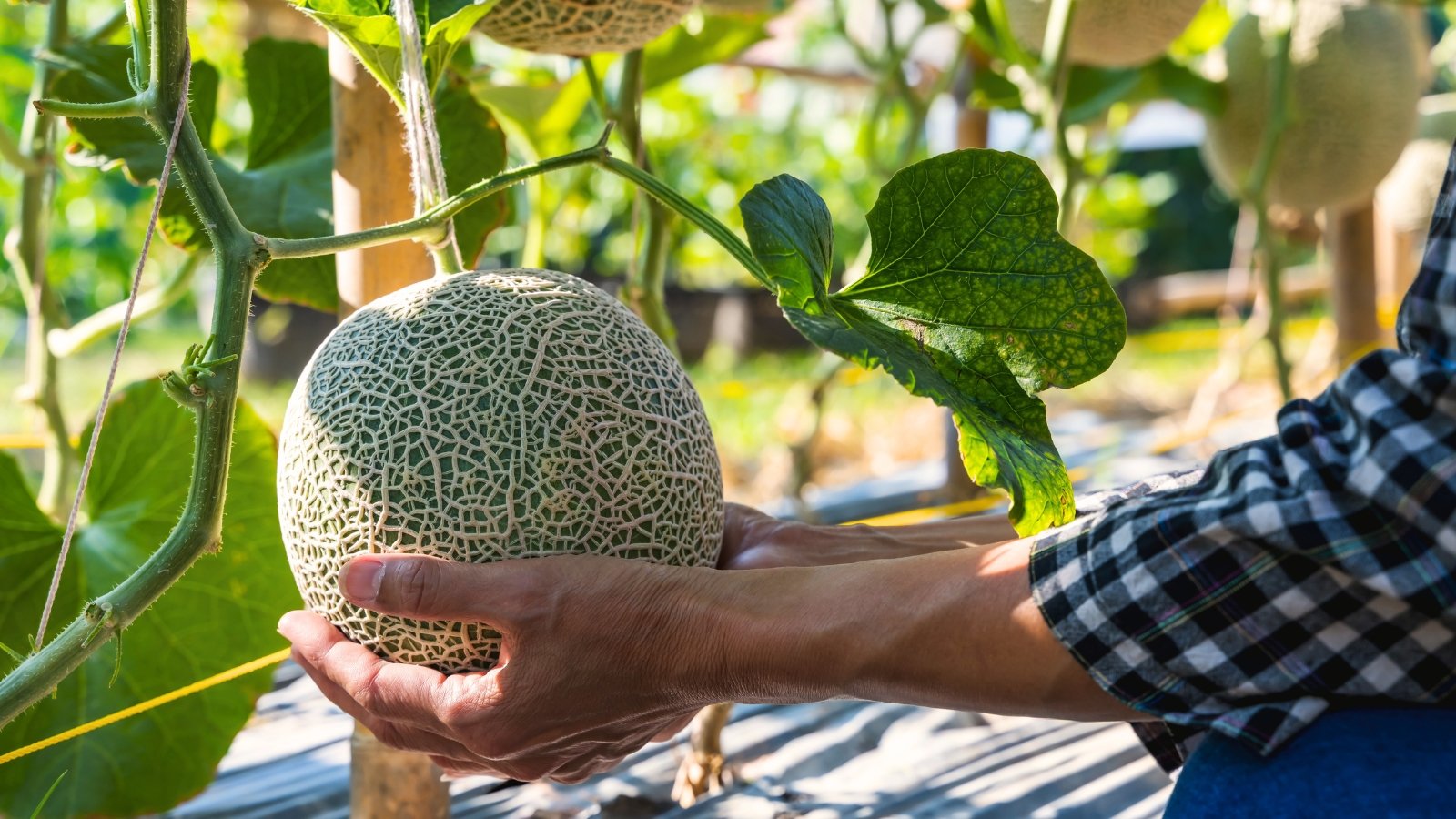 Watch the tendril turn brown before picking melons.
Watch the tendril turn brown before picking melons.I’ve heard people say they hate cantaloupe until they try a homegrown melon. When these melons are grown in a healthy environment and picked at the peak of ripeness, their honey-like, juicy flesh is difficult to pass up.
Cantaloupes are vining plants that take up a lot of space in the garden, so make sure you give them enough room to grow. They require lots of water as the plants grow and melons begin to form, but decreasing water during the last few weeks of the melons’ growth will lead to extremely sweet fruits.
Most cantaloupes take between 60 and 90 days to mature, so planting in June or July can lead to an August harvest. Keep an eye on the melons to know when it’s time to harvest. The tendril closest to the melon will turn from green to brown, and the melon will smell sweet. When you give it a gentle tug, it will easily slip from the vine.
Tomatoes
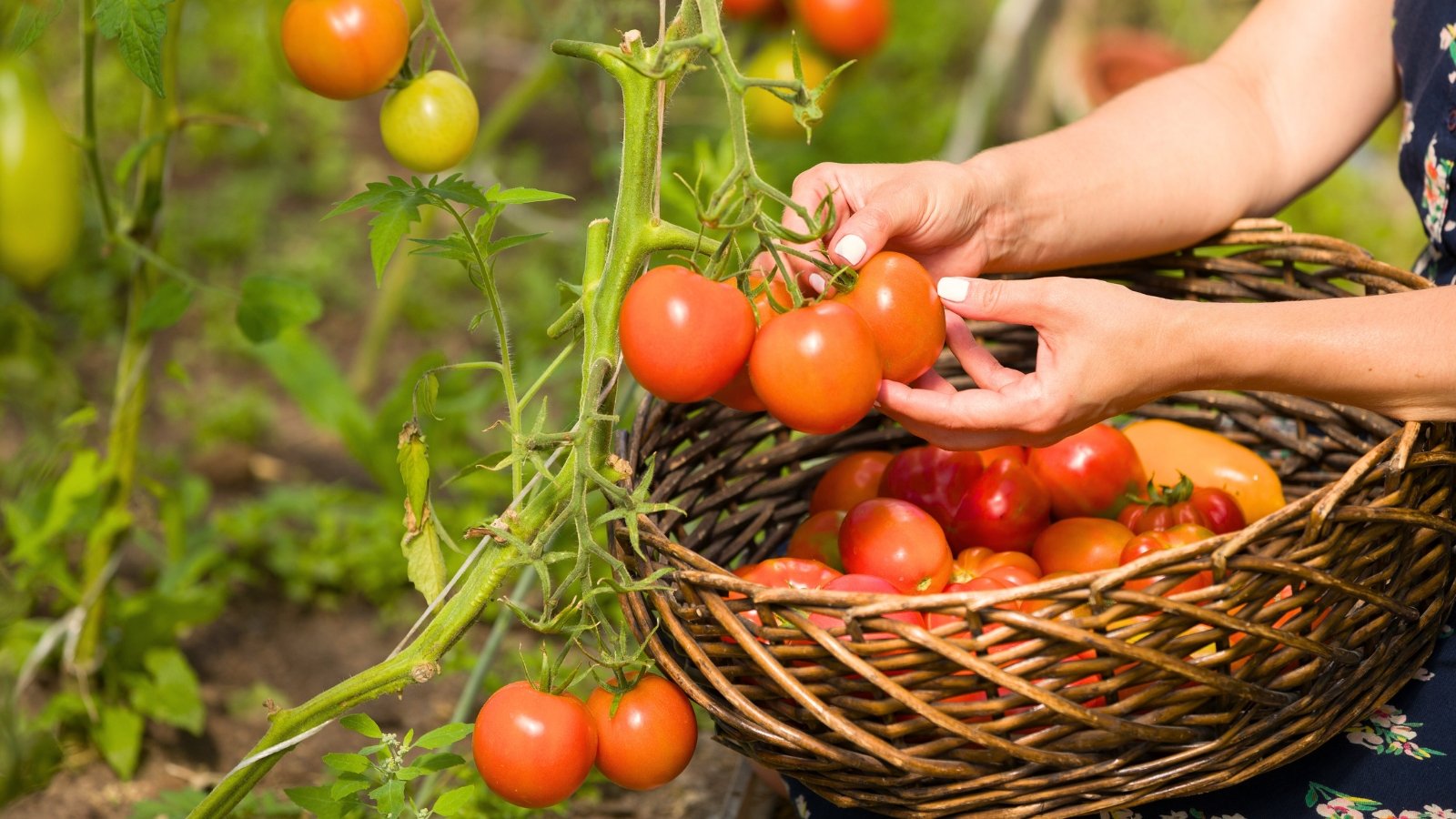 Picking often helps avoid cracked or bug-bitten fruits.
Picking often helps avoid cracked or bug-bitten fruits.Every summer, we wait for homegrown tomatoes. Sweet cherry tomatoes you can snack on straight from the vine, large slicing tomatoes perfect for BLTs and burgers, and unique heirlooms that bring something new to the table all become available in August.
Harvesting tomatoes twice a week prevents the fruits from becoming overripe, but you can harvest more often if you’d like. You can pick tomatoes that are fully ripe, or harvest fruits when they’ve just begun to change color. These fruits are less likely to develop cracks or bug damage and will continue to ripen off the plant.
Sometimes, early plantings of tomatoes have become weakened by diseases like late blight and septoria leaf spot by the time August arrives. Planting a second succession of tomatoes in June or early July can provide you with a healthy August harvest.
Green Beans
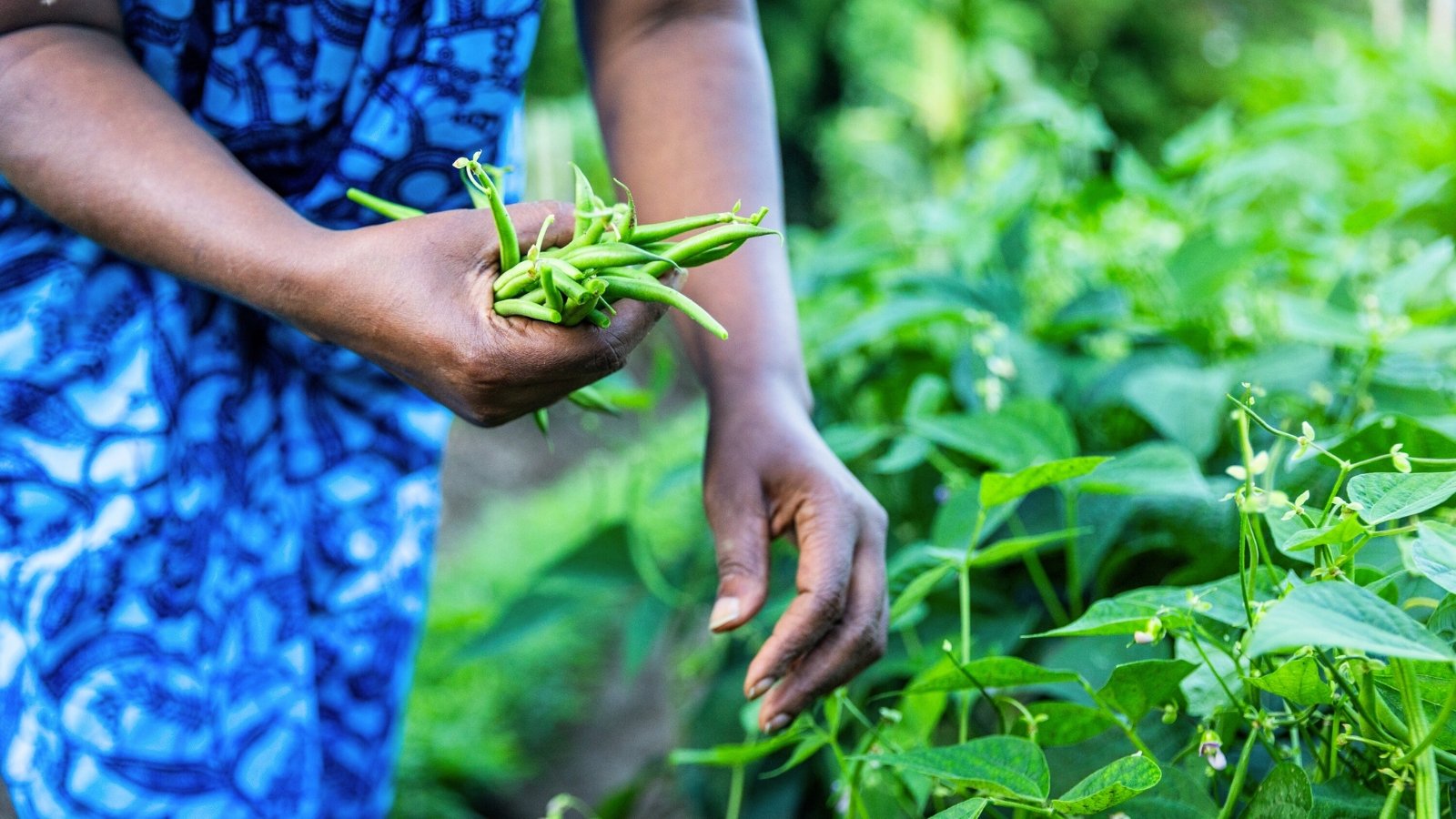 Frequent picking stops pods from becoming too tough.
Frequent picking stops pods from becoming too tough.Picking beans during cool August nights is a rite of passage for every gardener. Whether you choose classic green bush beans or a climbing yellow or purple variety, these veggies come into their prime during the hot days of summer.
Harvest beans at least twice a week to avoid ones with a tough texture. Harvesting every day is preferable if you want to enjoy super-tender baby beans.
Bush beans produce for a few weeks, so sow multiple successions if you want to enjoy them all summer long. Planting in June will provide you with an August harvest.
Watermelon
 Sweetness peaks when tendrils dry and fruit sounds hollow.
Sweetness peaks when tendrils dry and fruit sounds hollow.Slicing into a watermelon picked at the peak of ripeness is one of the best ways to cool off during hot summer days. Sowing the seeds in early June will allow you to add these fruits to your August harvest list.
Watermelon plants’ trailing vines take up a lot of space, so make sure to keep them at least a few feet away from other plants. You can train them to grow up a trellis if you’re working with an extra small space, but be sure to support the melons so they don’t fall from the vine prematurely.
You can use a few tricks to help you determine when your watermelon is ripe. First, check the plant’s days to maturity; the melons should be ready to harvest around this time. Next, check the tendril closest to the fruit, and watch for it to change from green to brown. You can also give the watermelon a good whack and listen for a deep rather than high-pitched sound.
Corn
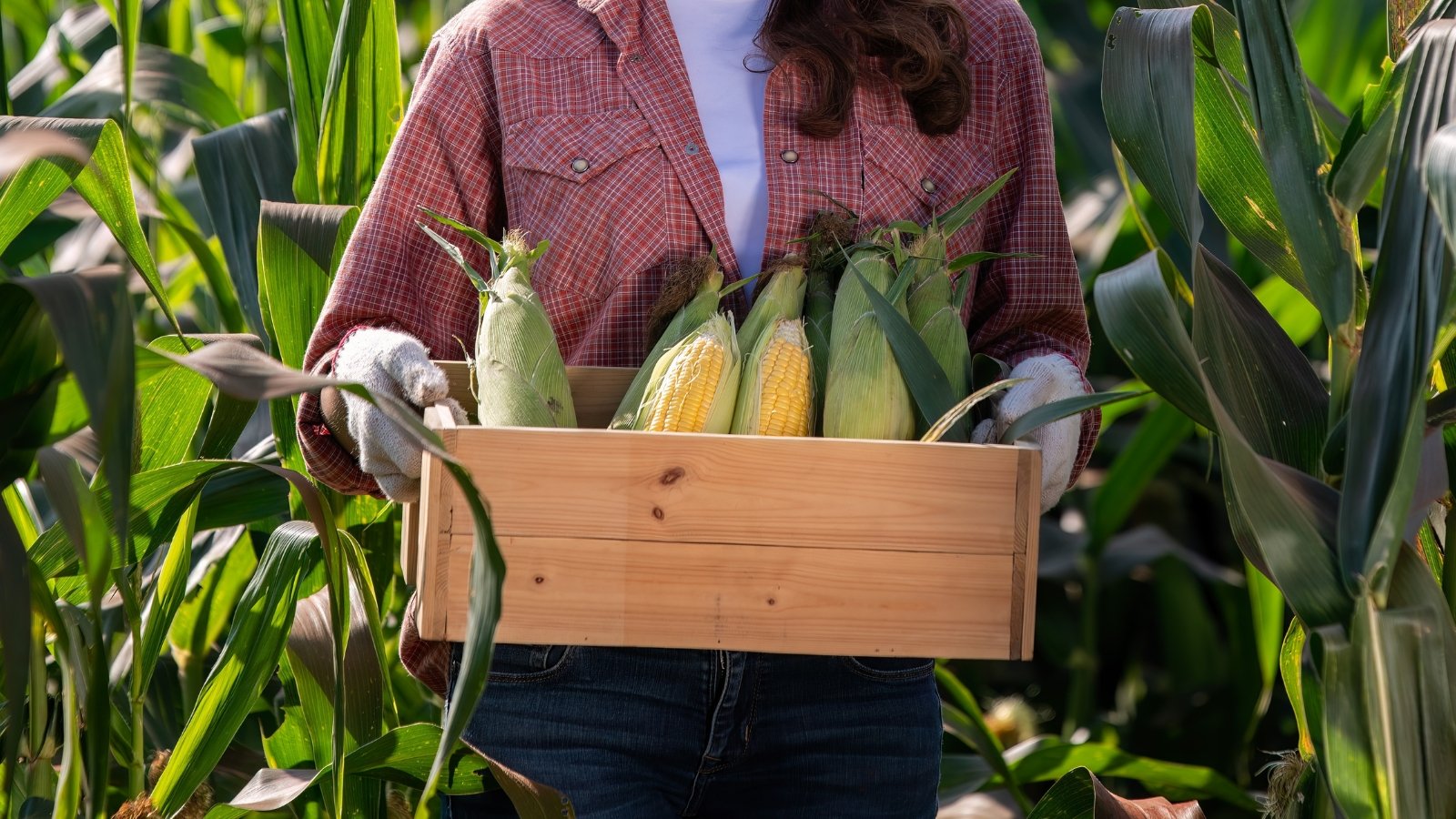 Brown silks signal that the ears are ready.
Brown silks signal that the ears are ready.Whether you want sweet corn for eating fresh off the cob, popcorn to take you into winter, or dent corn for grinding into grits and cornmeal, August is one of the prime months for this crop. The heat-loving plants grow tall in June and July, then form ears in August.
Many pests love corn, including corn earworms, raccoons, and deer. Inspect the ears regularly for insect pests and consider planting inside a fence that protects from mammals.
Look at the variety’s days to maturity to know when to harvest corn. Once the correct number of days has passed, watch for the ears’ silks to change from green to brown. Peeling back the end of the ear and checking a few kernels provides extra assurance that your corn is ready to harvest.
Figs
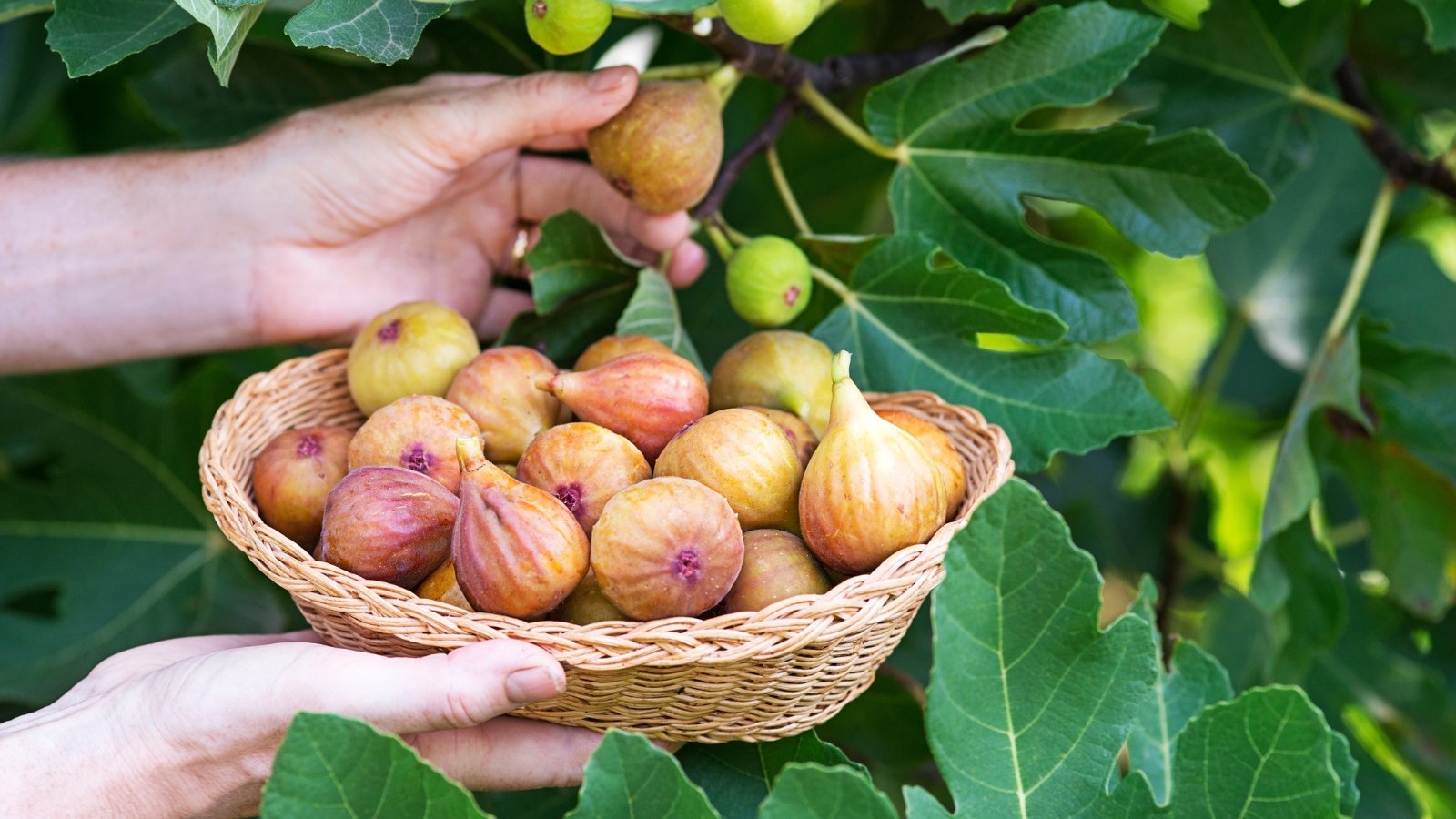 Color changes tell when the fruit’s ready to pick.
Color changes tell when the fruit’s ready to pick.In warm climates, figs are some of the easiest fruits to grow. They face less disease and insect pressure than tree fruits like apples and peaches, and easily fit into suburban yards and edible landscapes. You can even grow some varieties in cooler climates if you protect the plants over the winter.
Many figs come into peak ripeness in August. Many types of figs change color as they ripen, but the color of ripeness depends on the variety; gold, deep purple, and green are all options. You can also look for soft flesh and fruits that slightly droop.
Keep an eye out for ripe fruit in the months before and after August. The variety and location both impact when the fruits ripen.
Okra
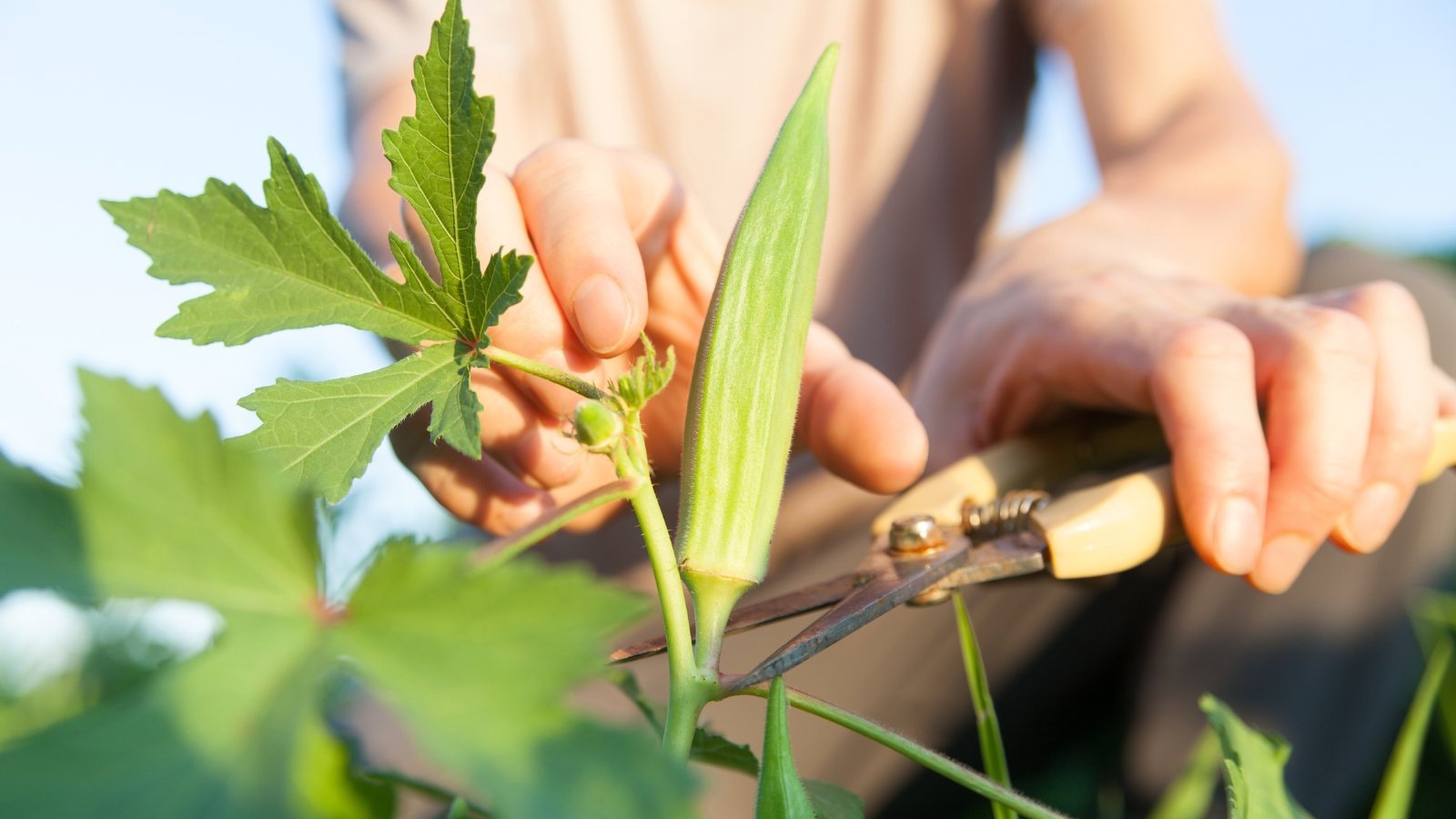 Regular picking keeps pods tender and ready soon.
Regular picking keeps pods tender and ready soon.Okra is one plant that truly thrives in the heat and humidity of summer. While extreme heat causes problems with fruit set in tomatoes and peppers, okra keeps growing and producing when temperatures rise above 90°F (32°C).
Each plant will produce new fruits every few days, so harvesting every other day allows you to pick the okra at the ideal size. Since each plant only produces a few fruits each week, plant multiple plants if you want to harvest enough okra for a recipe or family.
Be aware that okra leaves have tiny hairs that cause many people to develop an irritating itch. Wearing long sleeves and gloves while harvesting is an easy way to protect yourself from the plants.


 13 hours ago
3
13 hours ago
3
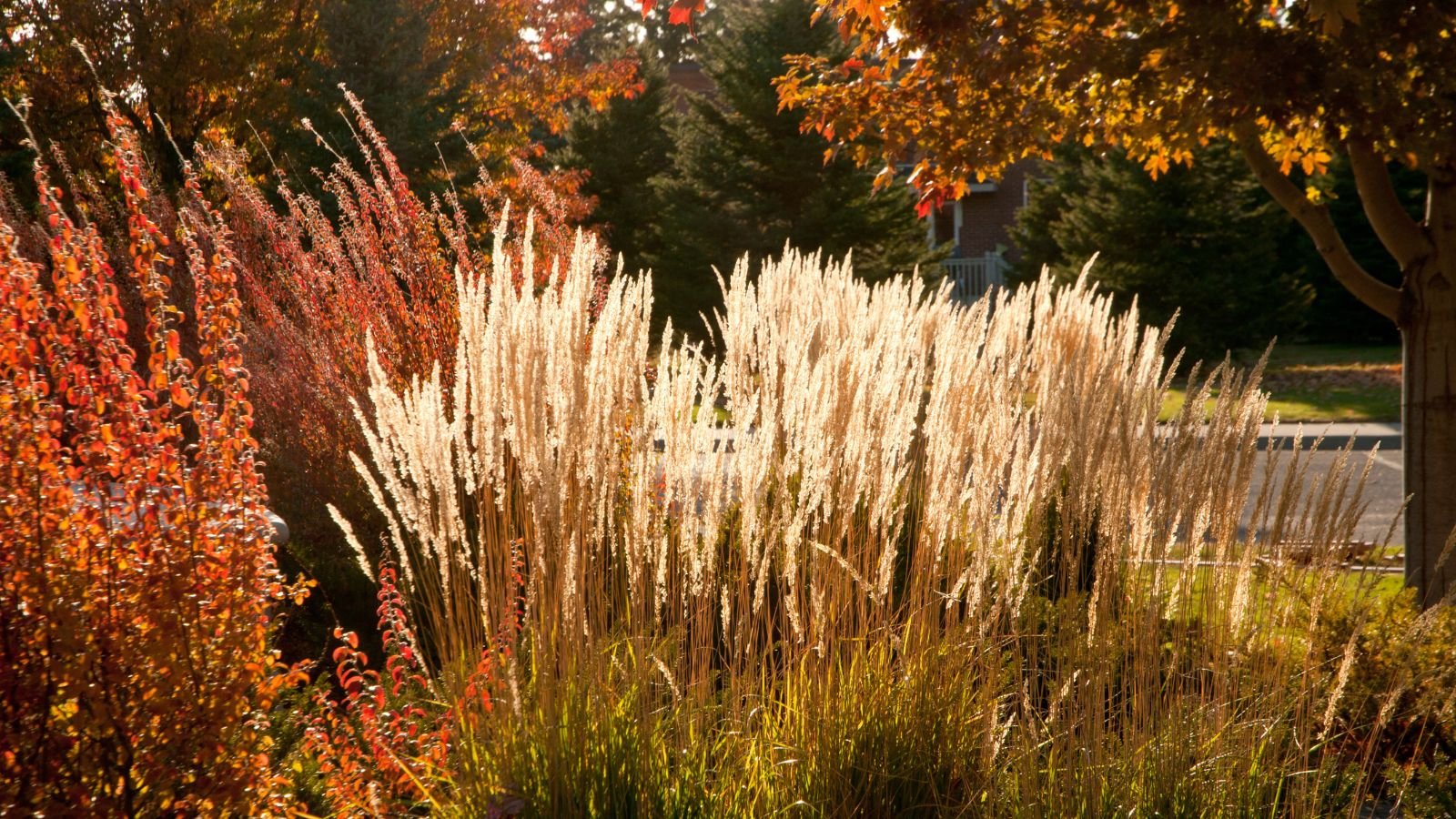


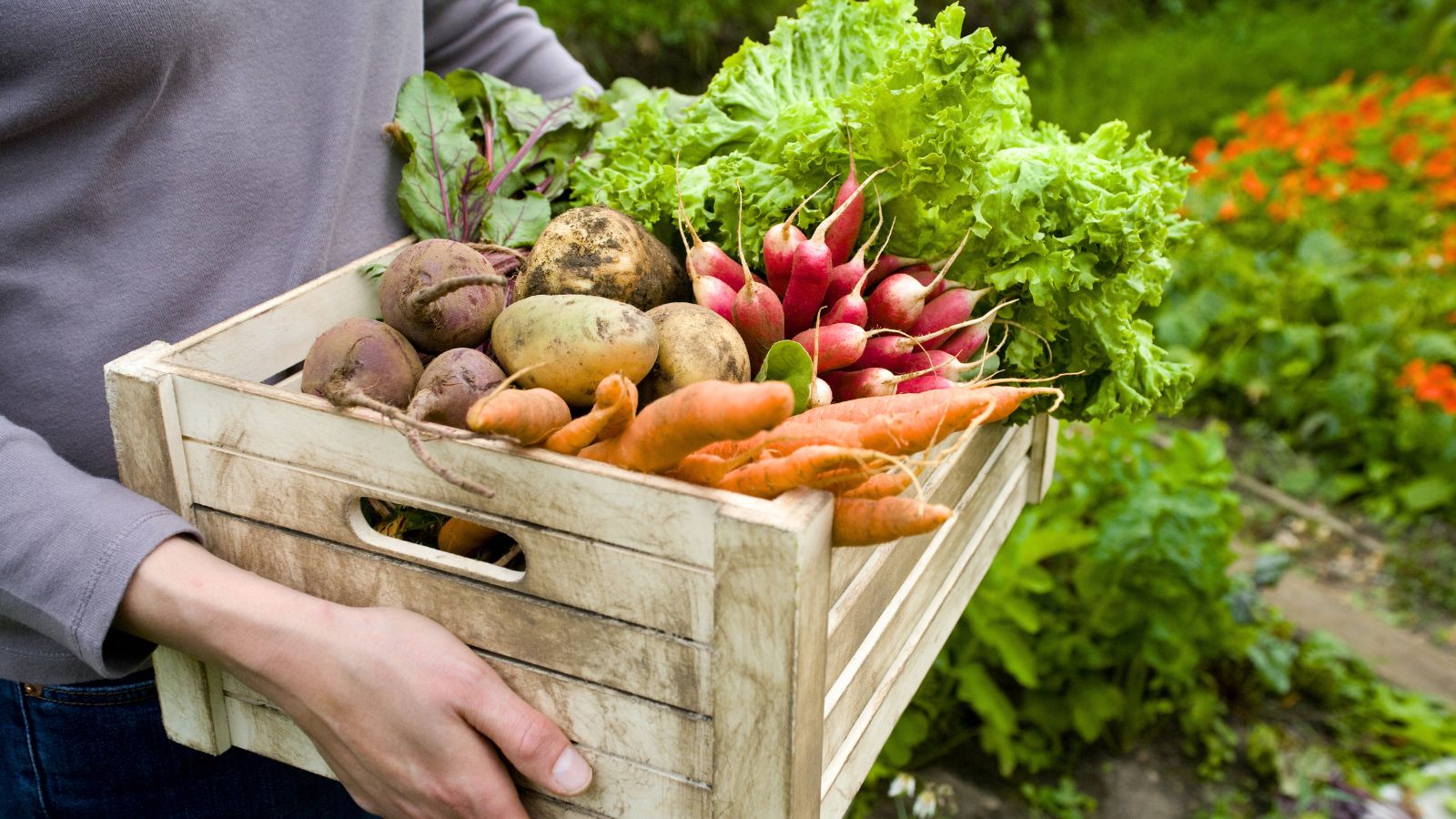


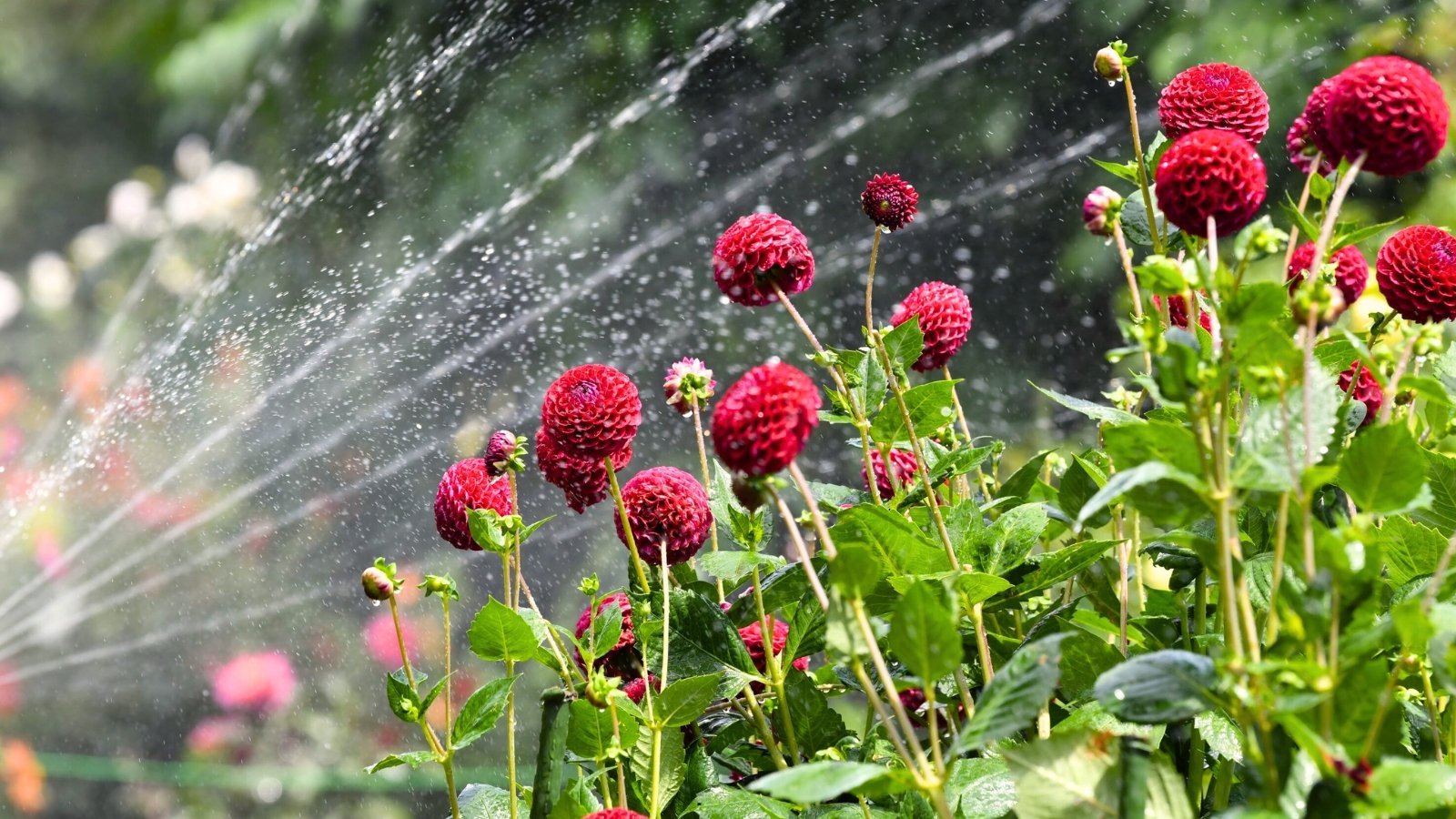














 English (US) ·
English (US) ·  French (CA) ·
French (CA) ·